What Do the Modes 1, 2, 3, L, B, S, and M Mean in an Automatic Transmission — and Why They Exist
We explain the meaning behind these letters. Many drivers consider automatic transmissions a true blessing, and compared to manuals, they really do have many advantages.

We explain the meaning of these letters. Many drivers consider an automatic transmission a true blessing. Compared to a manual, it has many advantages. However, beginners may struggle even with a regular automatic. For someone unprepared, the letters on the gear selector will definitely raise questions. What do the standard P, R, N and D mean? And what about the modes L, 1, 2 and 3? How can you figure out which gear to use in which situation? In this article we will try to answer these questions.
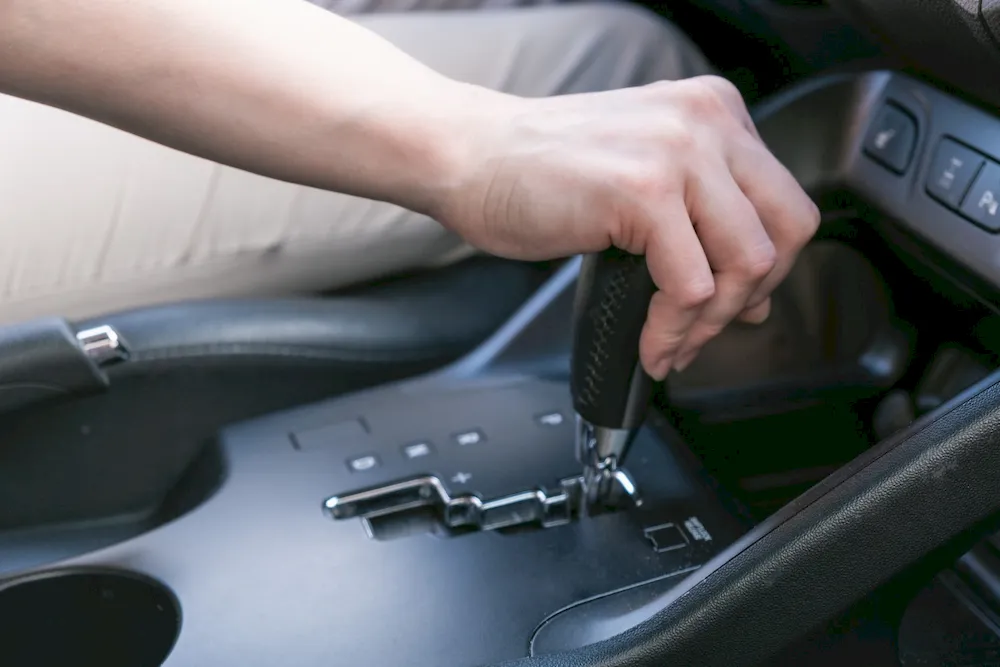
Modes P, R, N and D
These modes are found on every automatic transmission. P is Parking. It locks the transmission and is used only when the car is at a complete stop. R is Reverse, or backing up. It is also engaged only after the car stops. N is Neutral. It disconnects the engine from the wheels, so the car can roll freely. This mode is useful for towing, if the manufacturer allows it, or at a car wash. D is Drive. It is the most commonly used mode, in which the transmission automatically selects gears while driving.
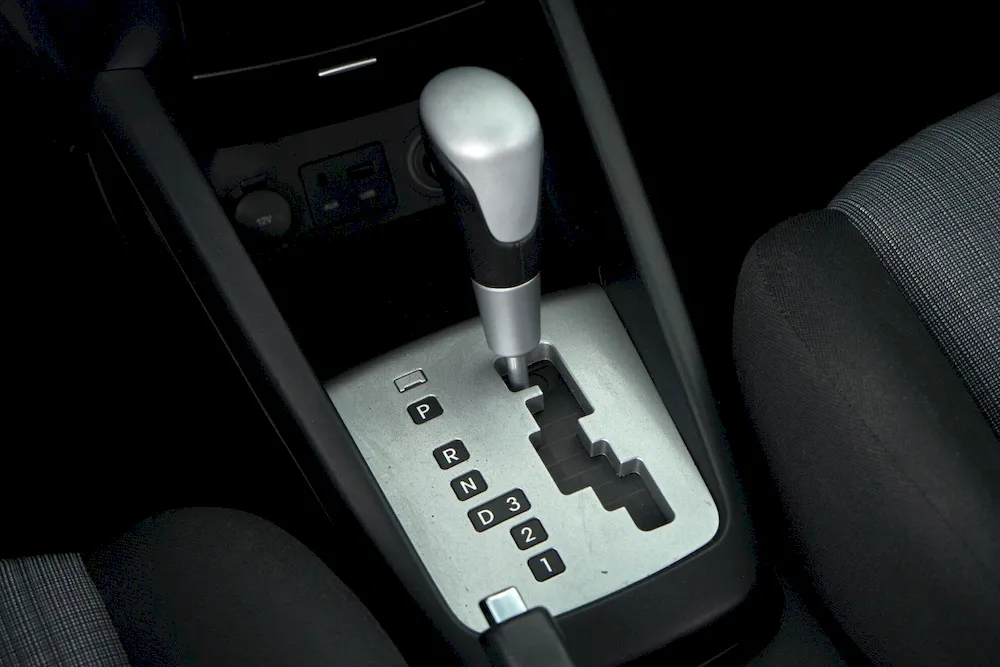
Modes L, 1 (D1), 2 (D2), 3 (D3)
These modes are considered additional. A car can be used without them, but in some situations they greatly improve safety and convenience. L or 1 (D1) locks the transmission in first gear. This mode is helpful on steep climbs, in mud, in snow, or when towing a trailer. In mode 2 (D2) the transmission uses first and second gear, which is convenient on slippery roads, when going downhill, or under moderate load. In mode 3 (D3) the car uses first, second and third gears, without shifting higher. This mode is most often used in city driving or when towing.
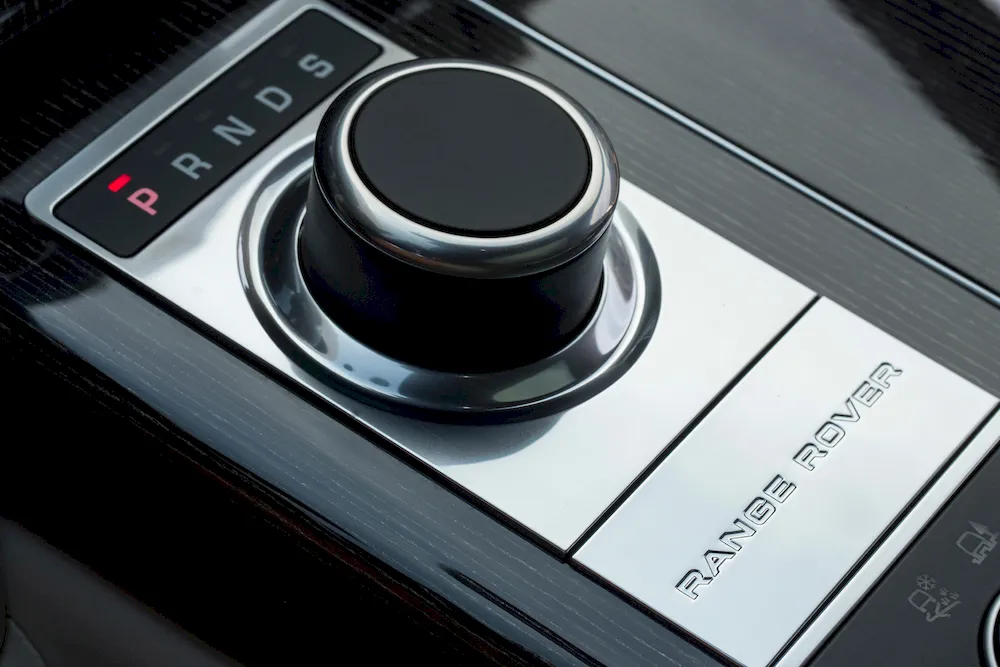
Mode B
This mode is most often found in Toyota and Lexus cars. B stands for Brake, or engine braking. It helps slow the car down without heavy use of the brake pedal and is especially useful on long descents, when there is a risk of the brakes overheating. The transmission itself selects the optimal gear for deceleration.
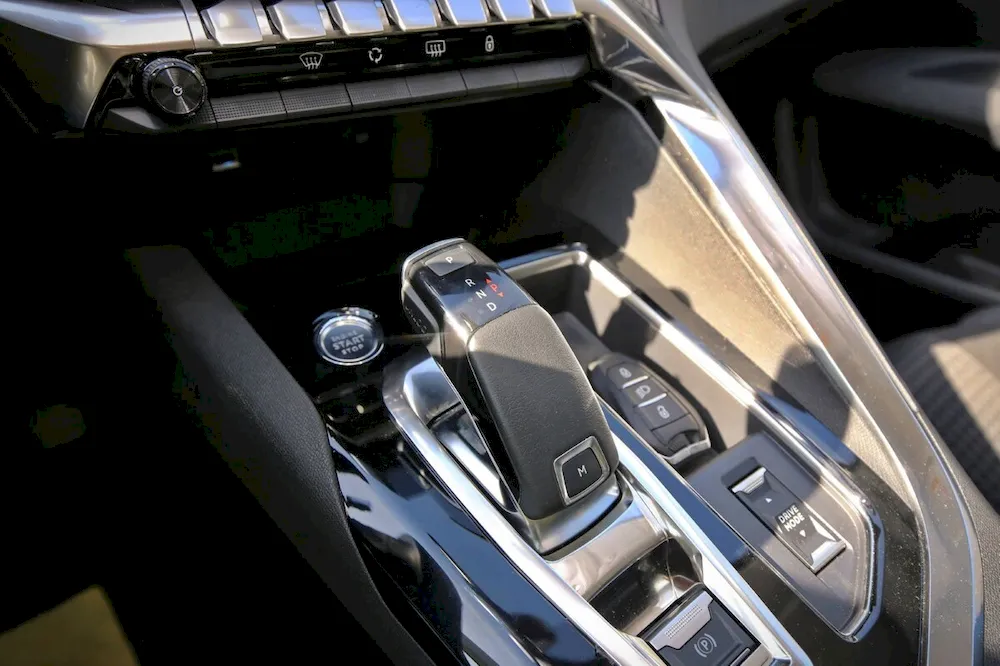
Mode S or PWR
The sport mode is marked differently by different manufacturers. It may be shown as S for Sport or PWR for Power. When this mode is engaged, the engine stays longer at higher RPM, and the transmission downshifts more quickly, keeping the motor in the maximum power band. This mode is useful for dynamic driving, for overtaking, or when climbing hills.
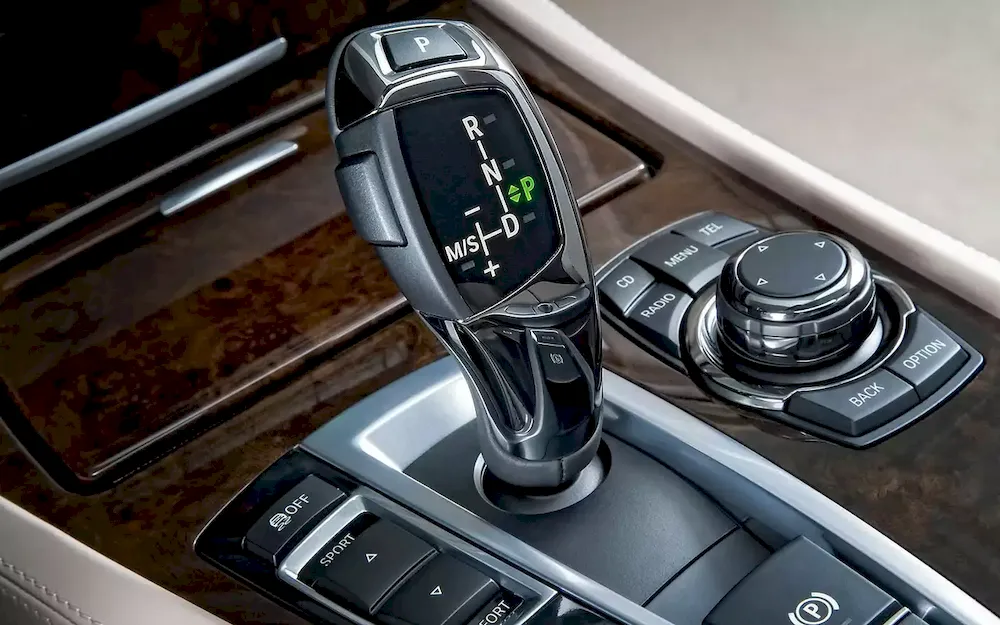
Mode M
M stands for Manual, or manual shifting. In this mode the automatic transmission works like a semi-automatic: the driver selects gears, but the electronics prevent the engine from stalling or over-revving. Shifting can be done with the selector lever, with paddle shifters, or with buttons on the steering wheel. This mode is convenient on mountain roads, when towing, or whenever full control over the car’s dynamics is required.
You may also be interested in the news:

If Zodiac Signs Were Cars: The All-Wheel-Drive Horoscope That’ll Take You Places
Or: Why This Horoscope Smells Like Gasoline, Personality, and a Little Bit of Therapy
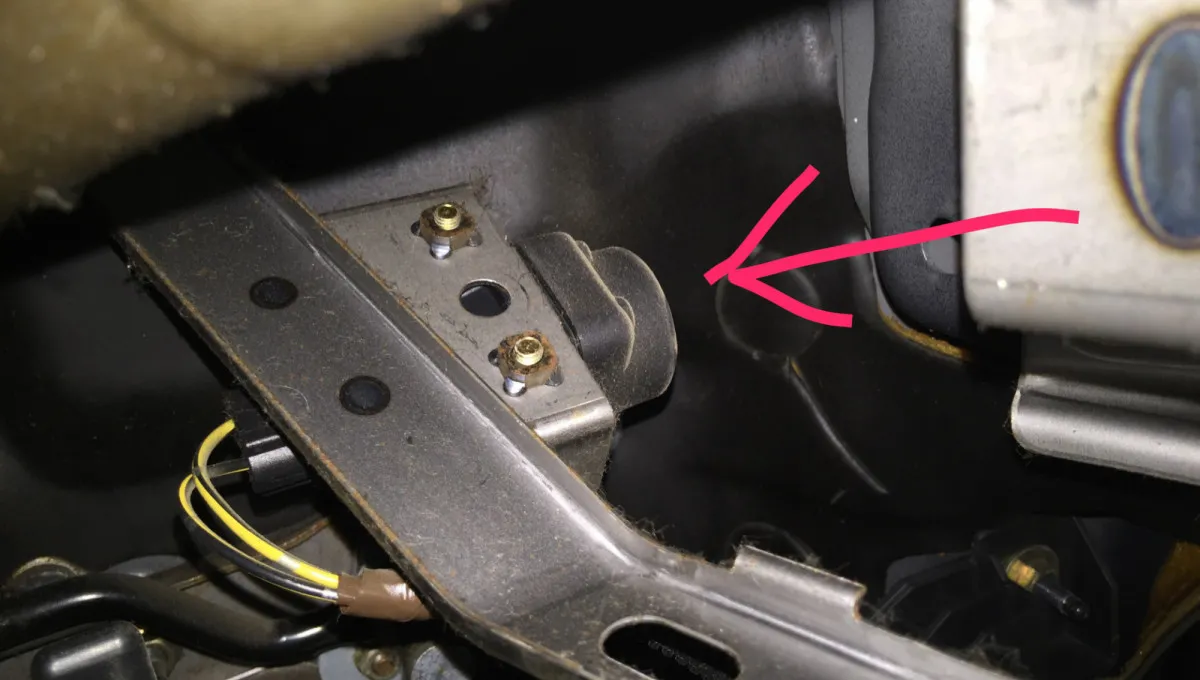
Mystery Button Hidden Under Most Car Dashboards — And Why So Many Drivers Don’t Know It Exists
Modern cars are packed with features and buttons whose purpose can be surprisingly hard to guess.
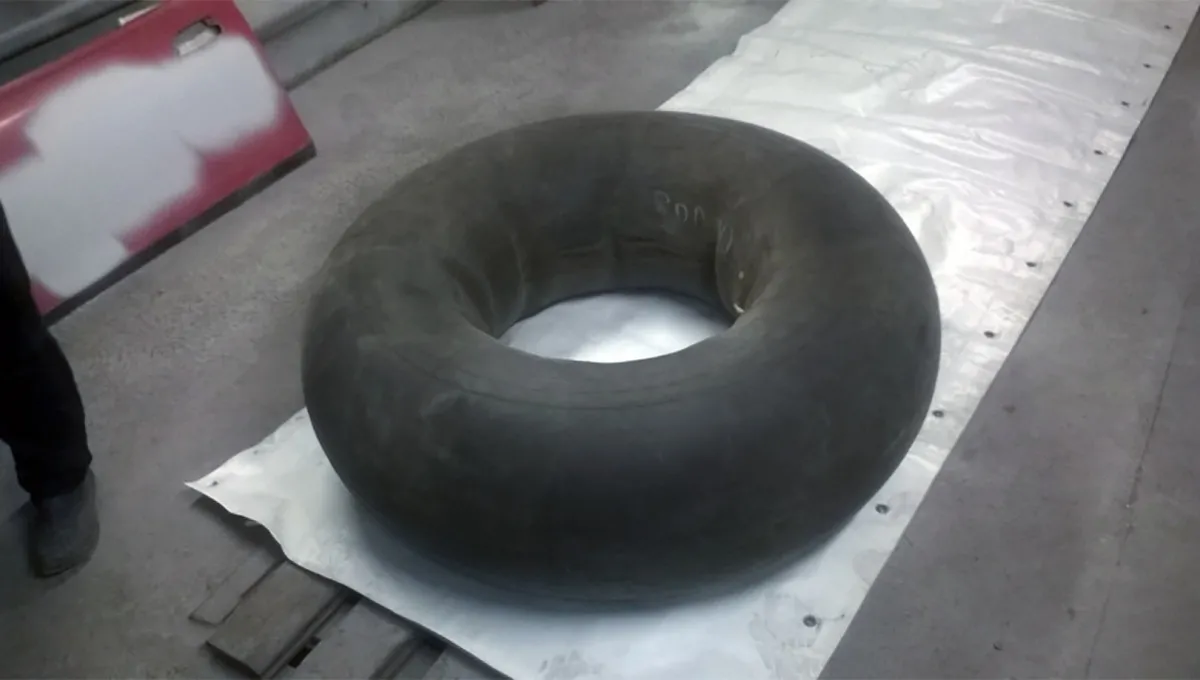
Why Automakers Ditched Inner Tubes for Tubeless Tires: Surprising History and Details
How tubeless tires reshaped road safety and comfort — unexpected facts revealed.
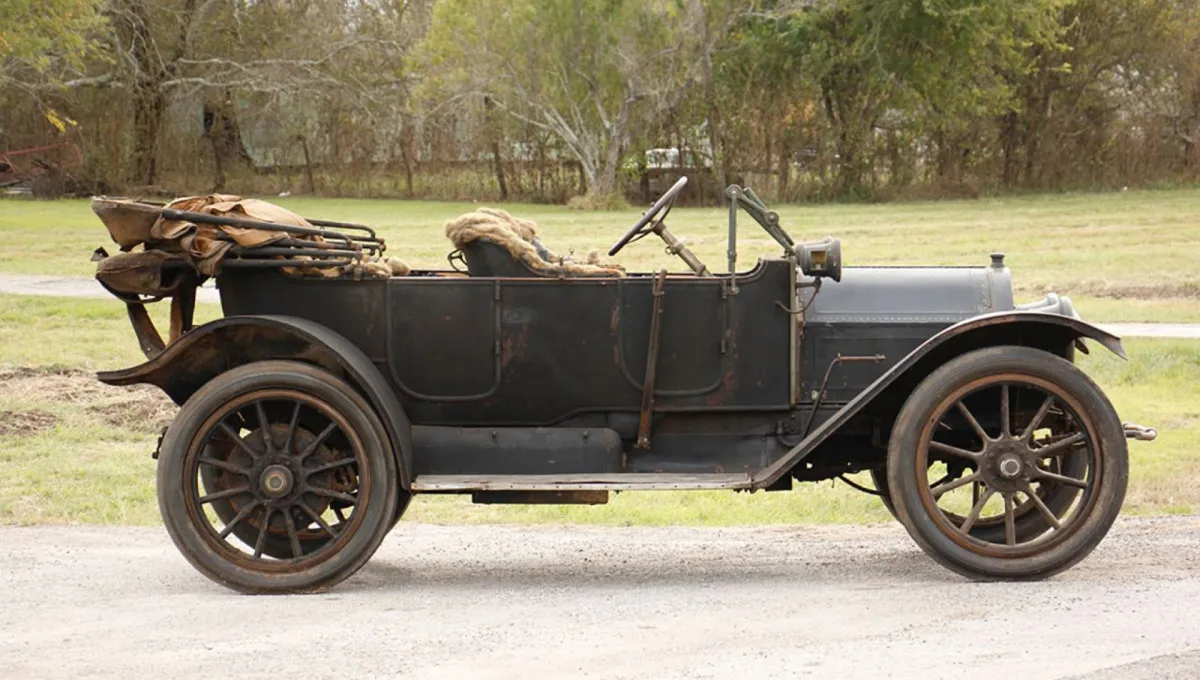
Shine and Glamour of Retro: Al Capone’s Legendary Cadillac
From the very beginning, Cadillac cars have been seen as a symbol of luxury.
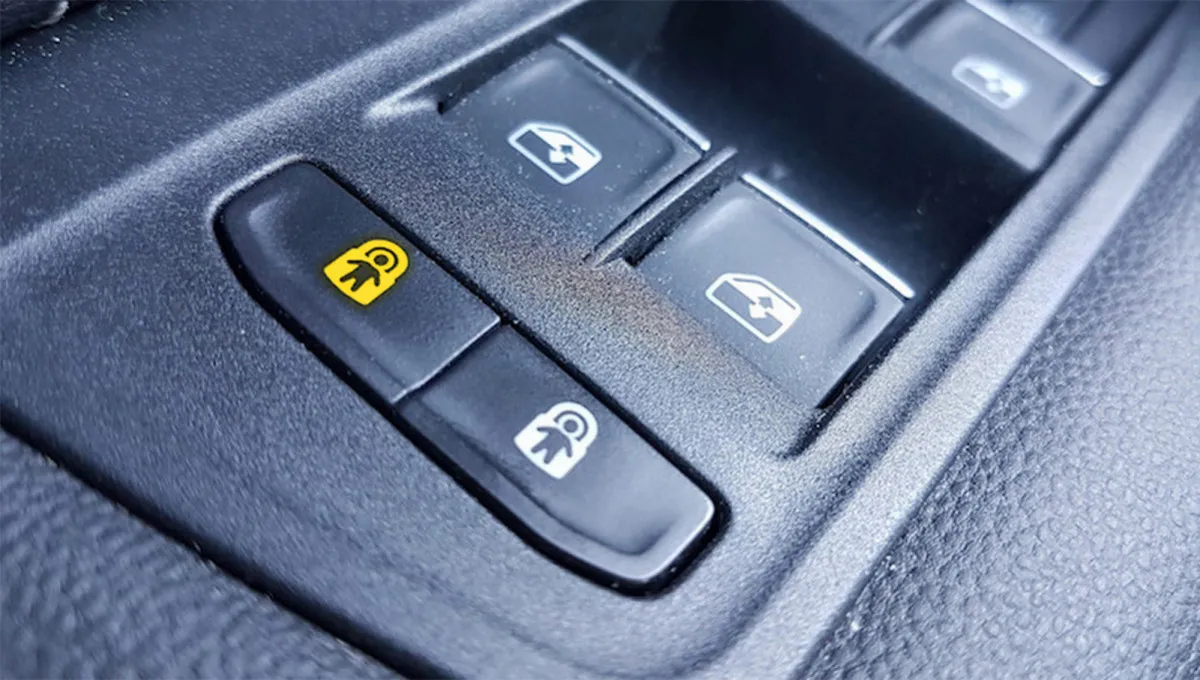
Astronaut Button: What This Mysterious Car Feature Actually Does
Some functions in a modern car make sense only after digging into the owner’s manual — and this little button is a perfect example.